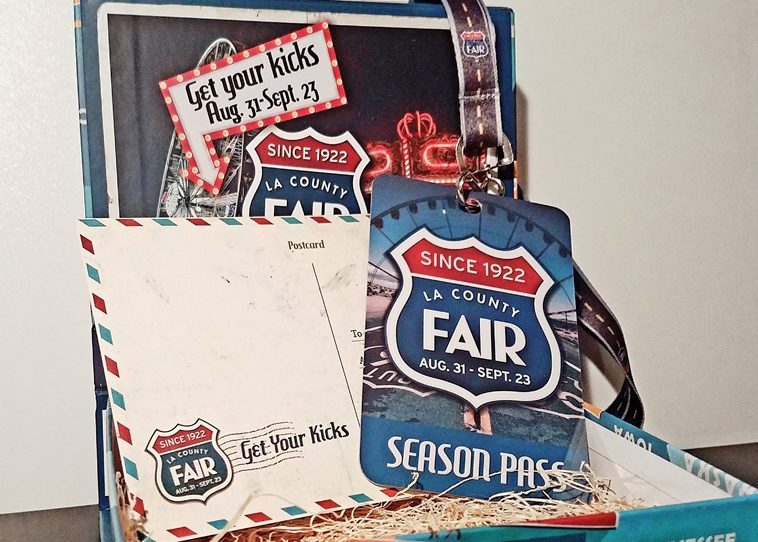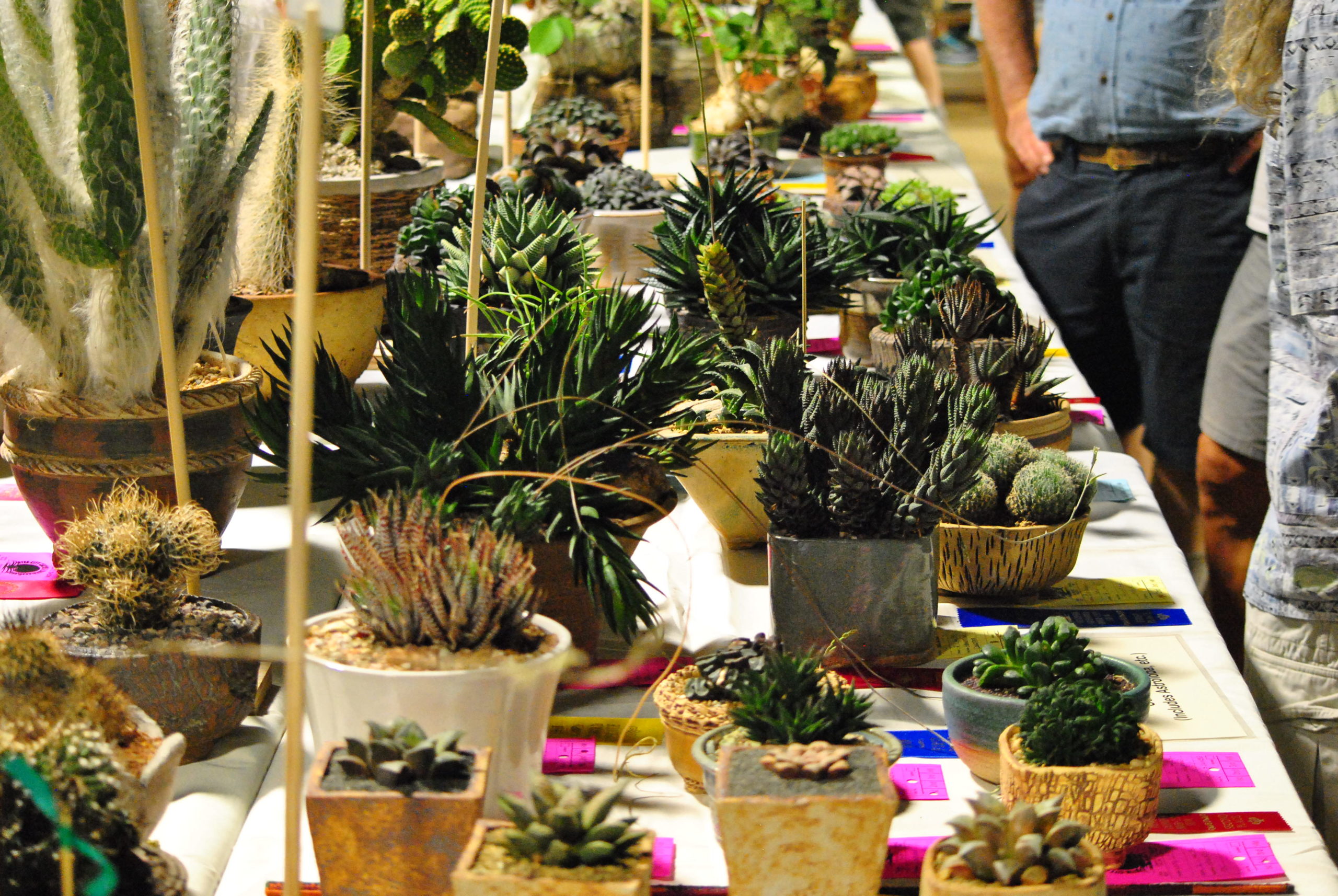
By Galen Patterson
The Los Angeles County Arboretum and Botanical Gardens hosted the world’s largest succulent and cactus show.
The show consisted of more than 1,200 succulents and cacti that were displayed as part of the competition.
On the morning of Aug. 11, hundreds of plant enthusiasts streamed into the Arboretum to witness the placements and awards given by judges at the show.
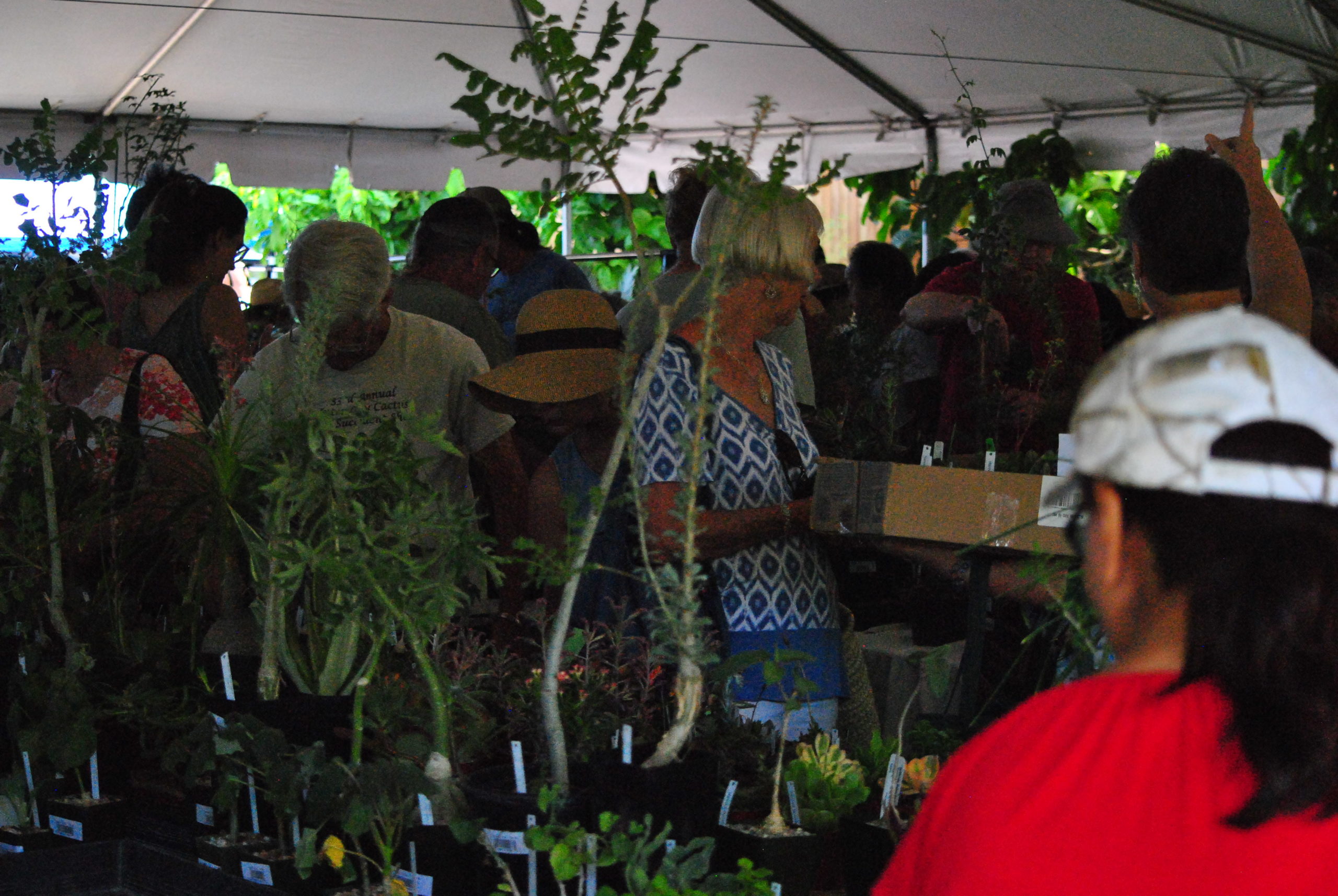
Peter Walkowiak, a recognized horticulturalist, nursery owner, former show coach and current assistant coach took Arcadia Weekly on a tour of the show.
The plants are entered in three main categories: novice for newer enthusiasts, advanced for the more seasoned professionals, and open for top-notch competitors. Each plant entered in the show is given a corresponding color-coded tag with the plant’s information on it.
Walkowiak had several plants entered into the competition, some of which won first place in different categories. He was offered $1,500 for a first-place winning plant just the day before, but declined the offer. “I like it and I’m not going to sell it,” he said.

Walkowiak makes a living from growing exotic succulents at his nursery in northern San Diego County. At the show he mans a table of succulents in the shopping area when he is not giving tours and arranging the show plants. The plants are arranged in categories, size, and color, but they are judged on a multitude of factors, including size, degree of maturity and cleanliness; meaning an older plant, thriving in its planter with neatly manicured leaves would be considered a good contender.
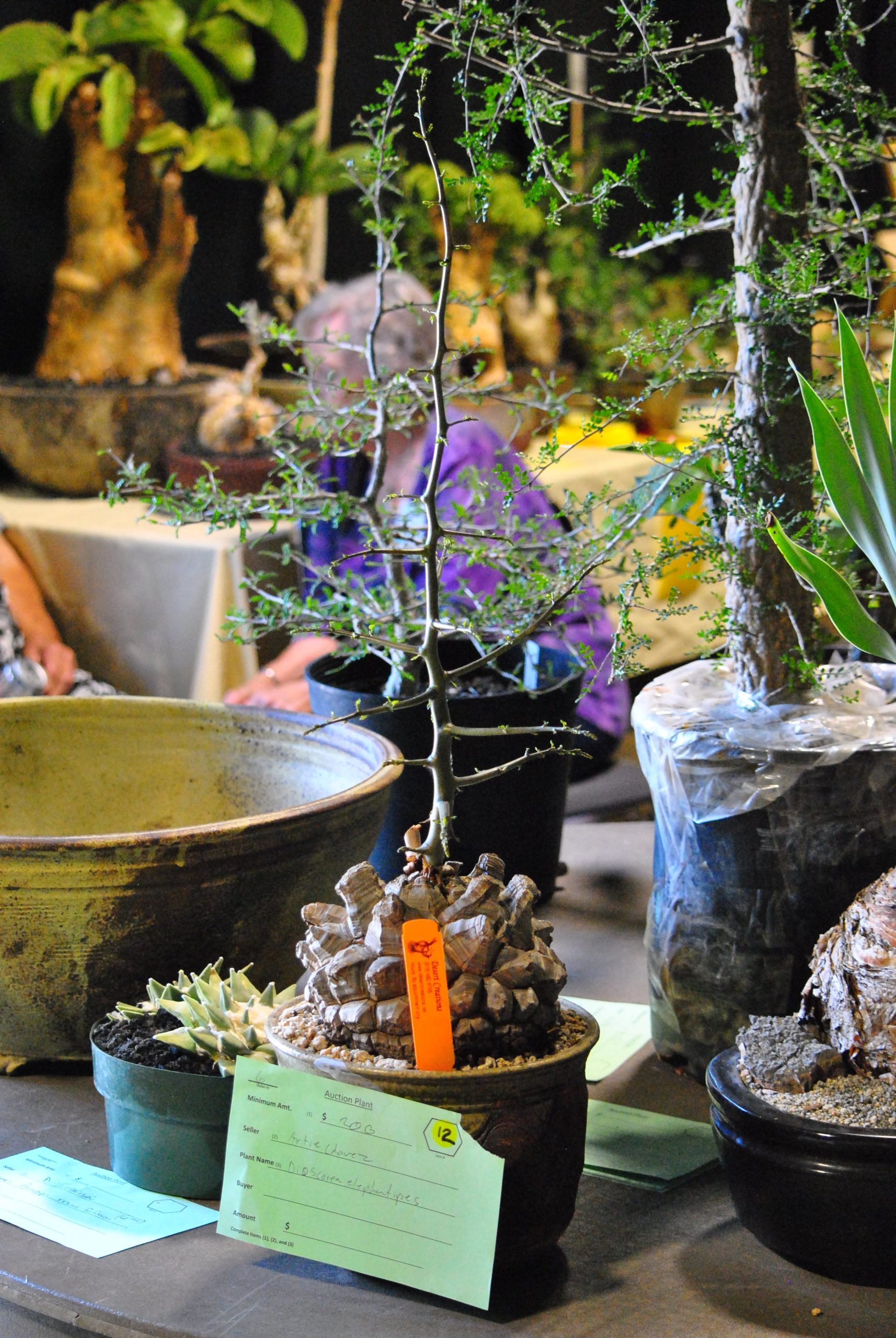
Walkowiak points out cacti are succulents, but the group is so large that they typically have their own following and therefor have their own area in the show. There are three types of succulents; leaf, stem and roots. Leaf succulents are commonly identifiable and hold water in their leaves, stem succulents hold water in the stem and contain the cactus family. Root succulents hold their water in the roots and sit atop bulbous root structures. Succulents can also be classified in more than one of these three categories, but not all.

Experts in the succulent community have noticed a recent trend: succulents have been growing ever-popular. Walkowiak says he noticed popularity rise during the more extreme years of the drought in southern California.
For the new succulent enthusiast, get Haworthias. Once the people get comfortable keeping something alive, they will evolve into the more exotic stuff.
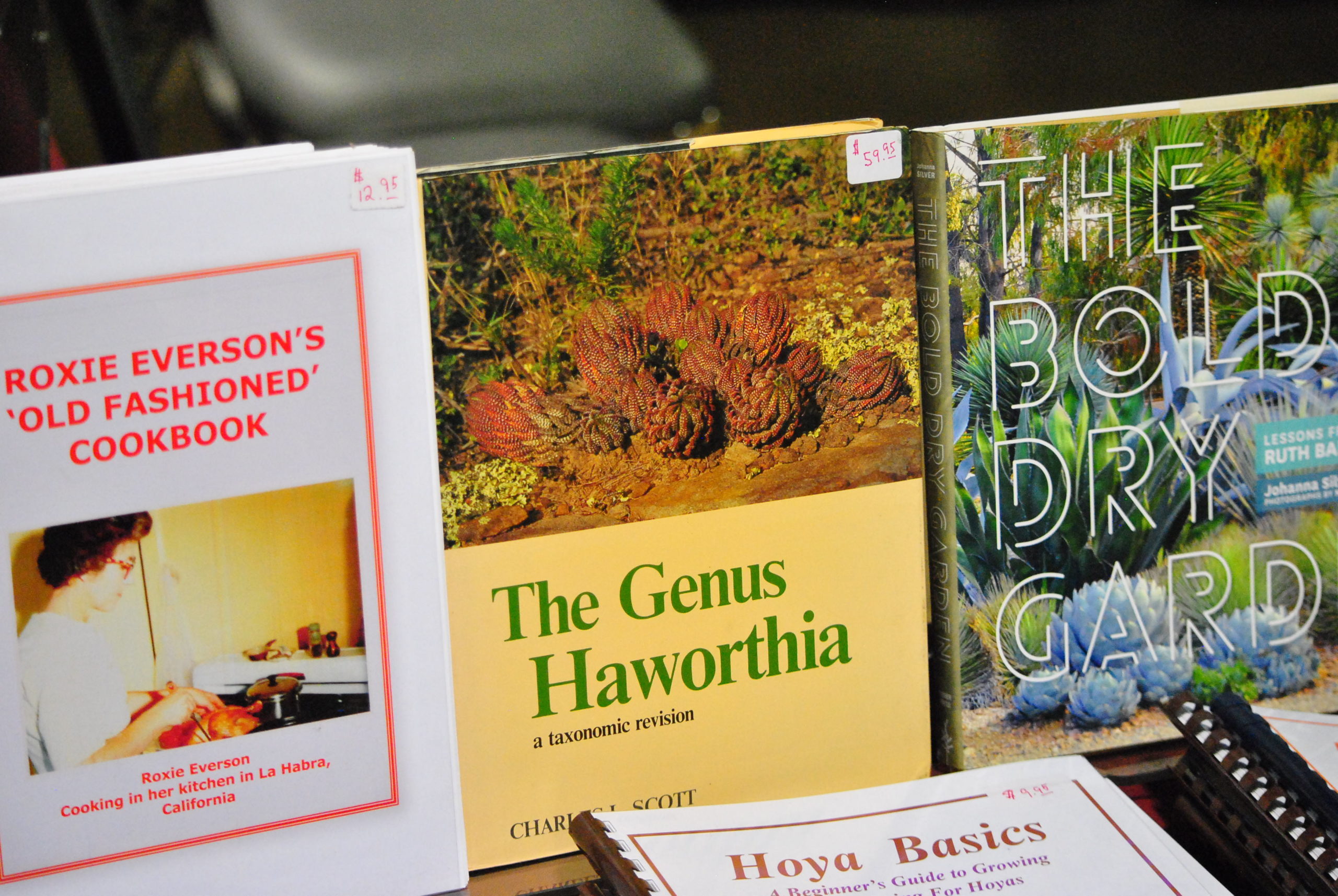
Outside, standing in an ever-growing line, people waited to buy succulents sold by professional growers. Chris Nyne, a New York to Los Angeles transplant waits with a tray of succulents he was planning on taking home. “I’ve always been into plants, but you can’t find things like this in New York,” said Nyne. “I don’t have kids, so most of my money goes to [cacti].”
Dan Gale is a professional succulent grower and describes himself as “just short of a hurricane.” He entered into the business through his mother’s lifelong interest, bought 2,000 seeds for $150 and now enthusiastically grows succulents for a living.
The Huntington Library holds a similar show twice annually. However, the arboretum’s show is widely considered to be the largest.







